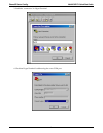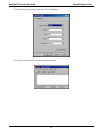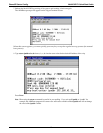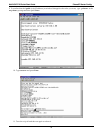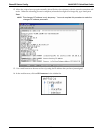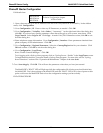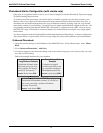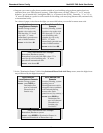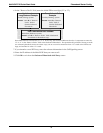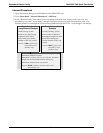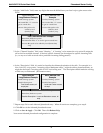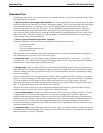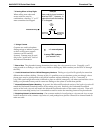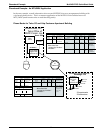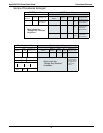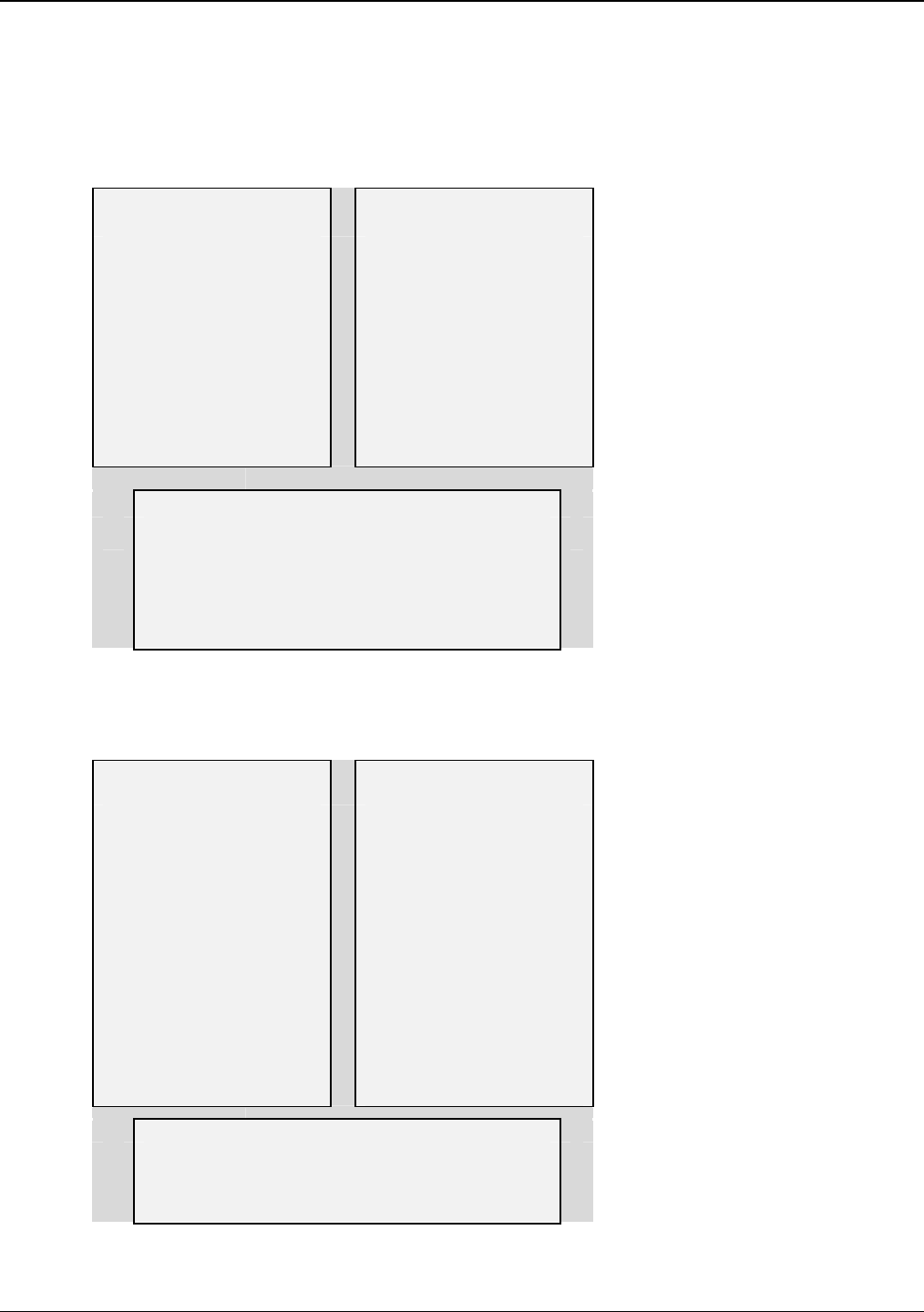
Phonebook Starter Config. MultiVOIP FXS Quick Start Guide
28
4. Suppose you want to call a phone number outside of your building using a phone station that is an
extension from your PBX system (if present). What digits must you dial? Often a “9” or “8” must be
dialed to “get an outside line” through the PBX (i.e., to connect to the PSTN). Generally, “1 “or “11” or
“0” must be dialed as a prefix for calls outside of the calling code area (long-distance calls, national calls,
or international calls).
On a sheet of paper, write down the digits you must dial before you can dial a remote area code.
North America,
Long-Distance Example
Euro, National Call
Example
Seattle-Chicago system.
Seattle voip works with
PBX that uses “8” for all
voip calls. “1” must
immediately precede area
code of dialed number.
Answer: write down 81.
London/Birming. system.
London voip works with
PBX that uses “9” for all
out-of-building calls
whether by voip or by
PSTN. “0” must
immediately precede area
code of dialed number.
Answer: write down 90.
Euro, International Call Example
Rotterdam/Bordeaux system.
Rotterdam voip works with PBX where “9” is
used for all out-of-building calls. “0” must
precede all international calls.
Answer: write down 90.
5. In the “Destination Pattern” field of the Outbound Phone Book Add Entry screen, enter the digits from
step 4 followed by the digits from step 3.
North America,
Long-Distance Example
Euro, National Call
Example
Seattle-Chicago system.
Answer: enter 81312 as
Destination Pat-
tern in Outbound
Phone-book of
Seattle voip.
London/Birming. system.
Leading zero of
Birmingham area code is
dropped when combined
with national-dialing
access code. (Such
practices vary by country.)
Answer: enter 90121 as
Destination Pat-
tern in Outbound
Phonebook of
London voip.
Not 900121.
Euro, International Call Example
Rotterdam/Bordeaux system.
Answer: enter 903305 as Destination Pattern in
Outbound Phonebook of Rotterdam voip.



